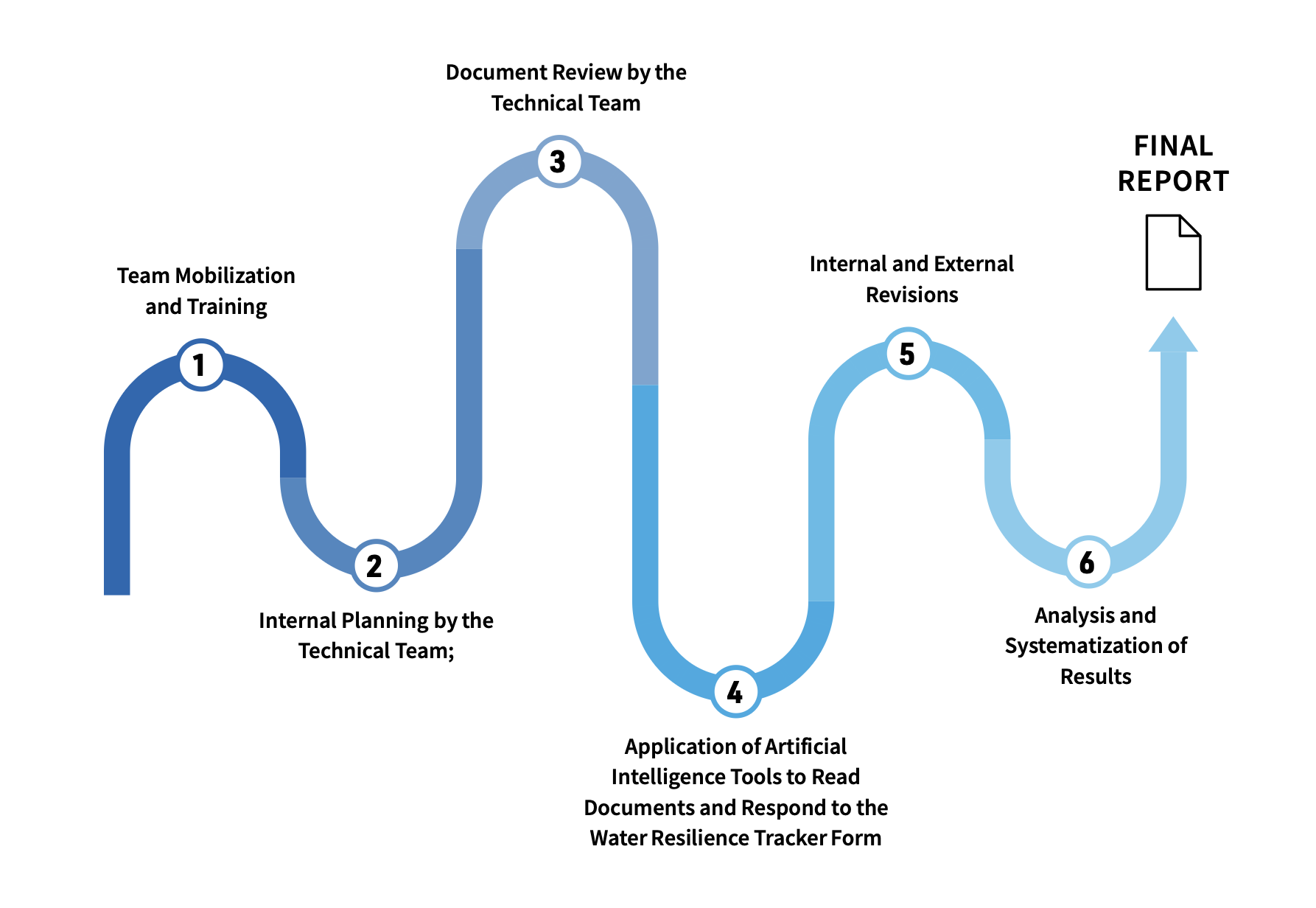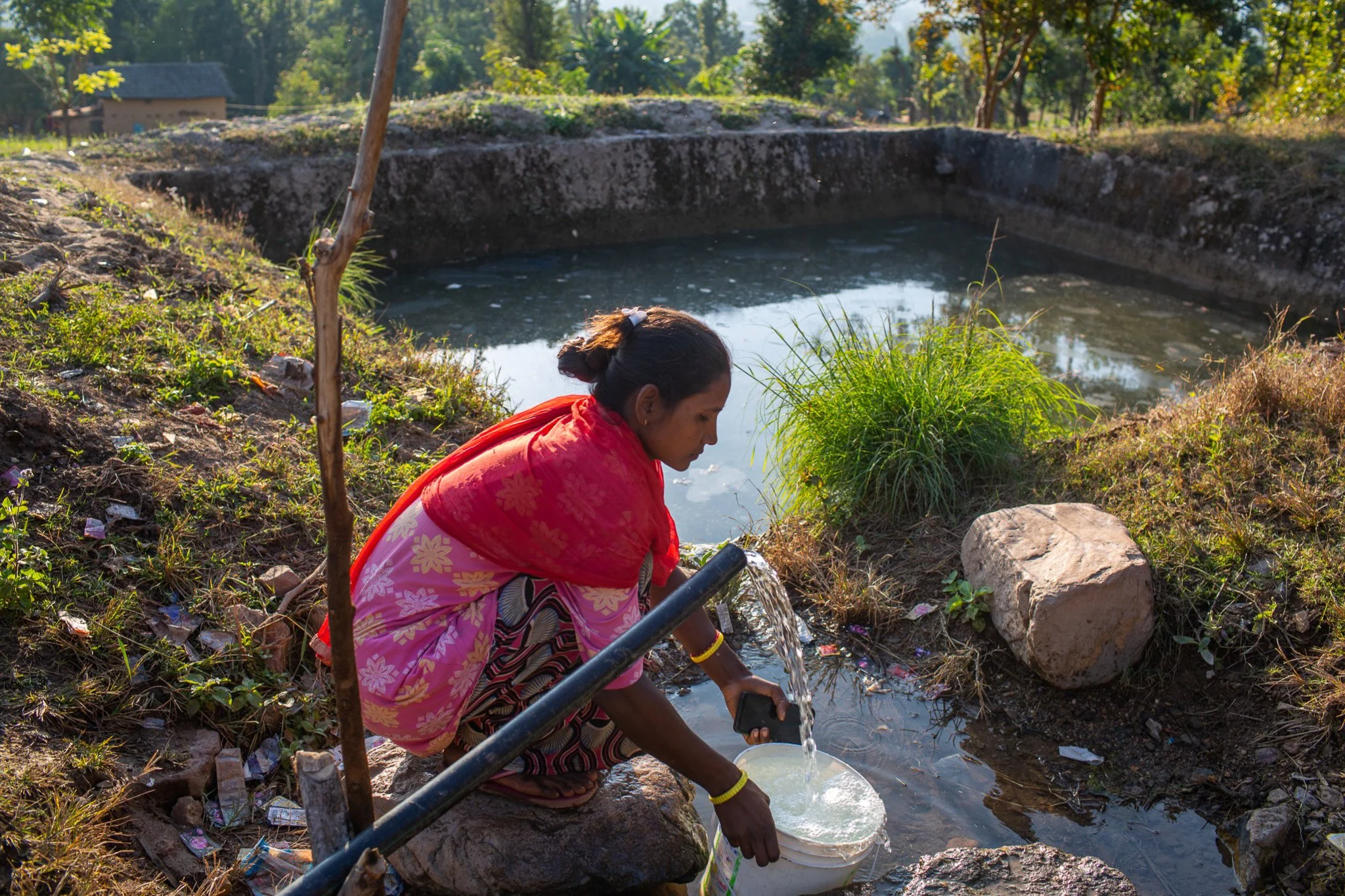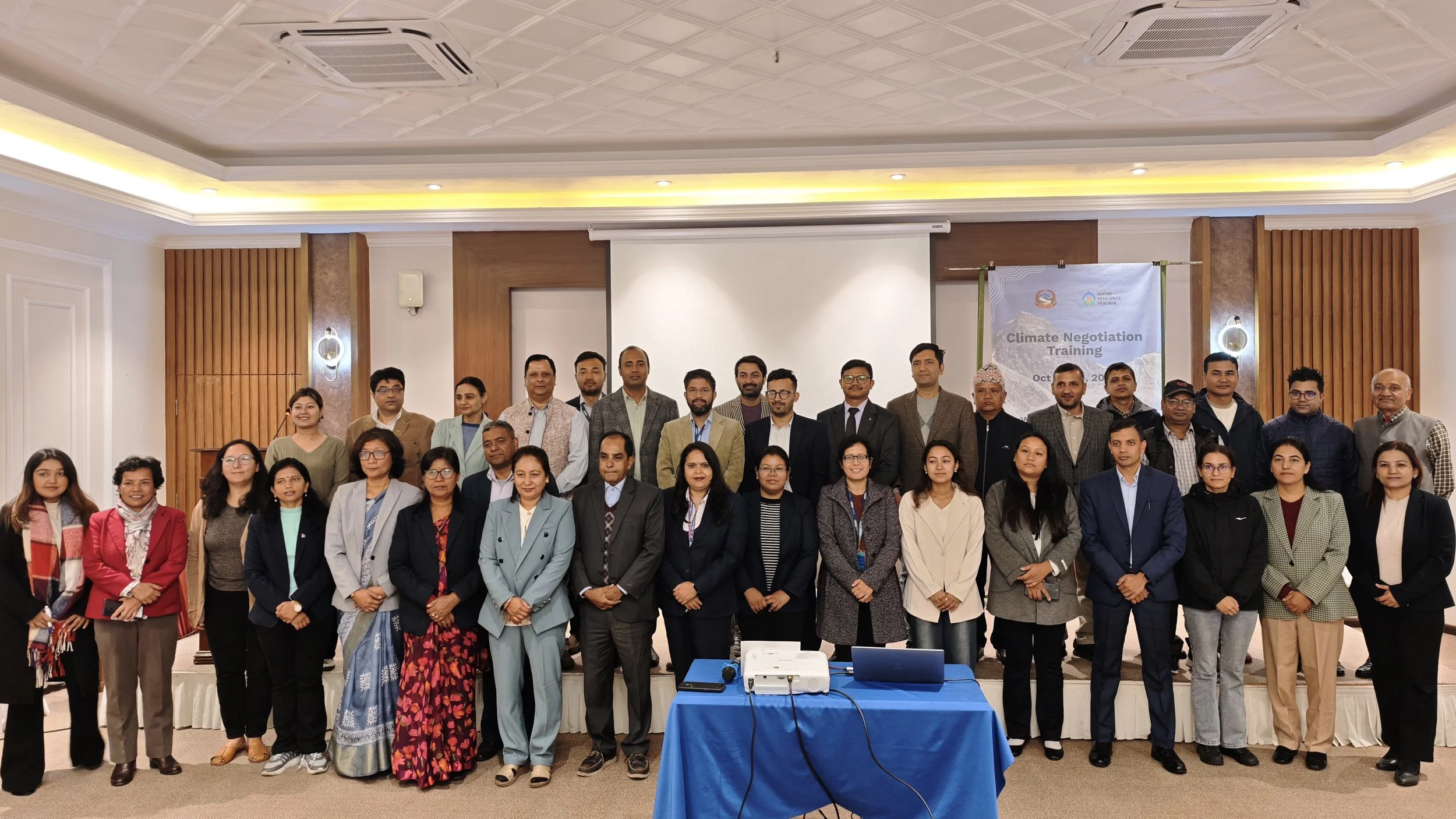Costa Rica
Costa Rica, a Central American country with a humid tropical climate and abundant water resources, now faces hydrological cycle changes due to climate change.
Rainfall is projected to decrease on the Pacific Coast and the North, increasing the risk of droughts, while the Caribbean Coast is expected to receive more rainfall, increasing flood risk.
These variations could reach 65% and 50% by 2080, respectively. Costa Rica's socioeconomic dependence on water makes it sensitive to these changes, impacting sectors like agriculture, particularly in the drought-prone Dry Corridor. Despite these challenges, Costa Rica actively pursues climate change mitigation and adaptation, aiming for a carbon-neutral economy by 2050, where hydropower plays a crucial role.
National strategies and policies guide these efforts, including a National Adaptation Policy and Nationally Determined Contribution. Costa Rica began building its climate change governance in 2009
-
Due to a series of socioeconomic factors, such as the strong dependency of human activities on water resources, Costa Rica is sensitive to these climatic events and variations. As availability and demand of water will vary throughout the country, some sectors will face water stress situations while others will benefit from opportunities, such is the case of the hydropower sector. Agriculture is one of the sectors more impacted by climate change.
The region prone to droughts corresponds mainly to the Guanacaste province and is part of the Dry Corridor. The Corridor stretches across Costa Rica, Nicaragua, Honduras, El Salvador and Guatemala, encompassing mainly agricultural land highly vulnerable communities.
Costa Rica’s efforts to meet international agreements regarding mitigation and adaptation to climate change have been undeniable. The strong ecosystem conservation agenda of the country has significantly contributed to making climate actions more robust. Since 2009, in its National Climate Change Strategy, Costa Rica established the goal of achieving a carbon neutral economy. According to the National Decarbonization Plan, this is expected to be achieved by 2050.Hydropower, and therefore water availability, play a fundamental role in this goal as a clean energy source and it represents approximately 70% of the country’s energy generation. A National Adaptation Policy was elaborated in 2018 as a guiding framework to orientate adaptation actions. The government also published an updated National Determined Contribution in 2020, and is developing national plans based on this commitment, including the National Strategic 2050 plan.
Cynthia Barzuna, Former Vice Minister of Water & Oceans
“We have been able to work with the Water Resilience Tracker to enable us to improve and align the different climate plans in Costa Rica and develop bankable, water-resilient projects, and support our Paris commitments.”
The development of the Water Resilience Tracker in Costa Rica was done in close collaboration with focal points from the Ministry of Environment and Energy (MINAE).
Our Approach
The Water Resilience Tracker was applied to 8 national documents. To answer the questions, continuous feedback by the Ministry of Environment and Energy (MINAE) focal points was received. Periodic meetings were also held with MINAE to review progress. The four sections of the Water Resilience Tracker were completed without any drawbacks, and the process became easier for every document that was reviewed, as the Water Resilience Tracker became more familiar.
The assessment has 6 general steps (see Figure 1).
The primary tool for content analysis is the Water Resilience Tracker Form, which contains 153 questions distributed across four sections. Responses were based on an innovative dual process combining artificial intelligence tools with human evaluation capacity.
Figure 1. Flowchart of the methodological steps
Impact of Tracker tool
All the documents reflect Costa Rica’s clear commitment to climate action and all include water considerations to some degree. They each have important initiatives, but none presents them all at once. Valuable principles and ideas are mentioned throughout the documents but sometimes they are not strongly reflected in proposed actions.
The Tracker’s assessment identified synergies across the document that could be leveraged for more efficient and resilient climate planning. The final report includes recommendations for improving water integration in climate planning, including developing detailed gap analyses, capacity building programs, and enhanced tracking mechanisms for climate investments.
Next Steps
Based on the results of the Water Resilience Tracker application and the improvement opportunities identified in the national documents the following steps are recommended to enhance climate instruments and strengthen water resilience in the face of climate change:
Prepare a detailed analysis (matrix) of the identified gaps and opportunity areas for each of the climate instruments (except the 2015 NDC).
The matrix will help align the different climate instrument and prepare a proposal to support the country´s Paris Agreement commitments
The result of the analysis will also serve to update the Climate plans when Costa Rica agrees to issue them.
Another of the outputs of the Water Tracker application is the portfolio of multi-sector projects which can be prioritized and fed into the climate water resilient projects pipeline to connect with climate finance institutions.
Prepare a capacity building program and deliver workshops to governmental officials at the national, subnational and local level with focus on the preparation of bankable projects and application of climate risk analysis tools.
The information of the matrix will help to consolidate the National Information System on Climate Change.
This report presents and evaluates the first application of the tool in Costa Rica.
The report provides a detailed overview of the Water Resilience Tracker’s work in Costa Rica including regional challenges and detailed findings.








